|
The Learning Adventure is a simple scaffold for teachers which allows you to plan an exciting and engaging unit of learning for the children in your class. It follows an inquiry model used and followed by many creative and tech businesses when developing new products. This is a chance to deliver the curriculum in a modern and fun way that engages children and builds key skill that they will need for future success! Time to innovate!
Stage 1 - Engage and ExciteThe engage and excite phase of the learning adventure is designed to hook children in through fun activities and tasks but most importantly the whole unit of work is given a purpose! The unit task is introduced and children are encourage to engage with the task and start to think about ideas they may already have. Children can also begin to think about what they need to learn how to do in order to complete the challenge. They get to plan their adventure!
Stage 2 - Discover and InformDiscover and inform is all about the children learning new skills, facts and concepts. This can be research based but this is generally where lessons are more teacher led because the children to learning things they have learnt done before. Real Classroom Examples
Stage 3 - Gather and PracticeOnce the children have developed a shallow understanding of the new information or skill, they then begin to apply it to their task and problem solve. This encourages children to deepen their learning and realise why it is relevant to their task.
Stage 4 - Plan and PrepareOnce the children are ready and have all the skills necessary for the task, they can then plan and prepare what they are going to do to complete the challenge set at the beginning of the unit. This is a great opportunity for children to plan and share ideas in teams and communicate ideas. This stage and the next is really when you see children master the skills they have been working on.
Stage 5 - Create and InnovateThis final stage is where the children complete their challenge or task set. They use their learning in a different way and create or innovate. Once they have created and completed their challenge, they then review and evaluate their outcome to self-assess exactly what they have achieved and what they would like to do next. The learning adventure is a cycle and once new targets have been set, this can evolve into a new engagement and a new learning adventure taking place.
0 Comments
Leave a Reply. |
SearchWith a keen interest in the neuroscience and psychology of learning, WAGOLL Teaching is about sharing research alongside great, simple teaching ideas to a global teaching community.
Ben has been in education for over 10 years and is passionate about simplifying high quality teaching and learning through innovative and practical approaches in the classroom. sUBSCRIBE |
||||||||||||||||||||||||||||
|
Who are we? |
With a keen interest in the neuroscience and psychology of learning, WAGOLL Teaching is about sharing research alongside great, simple teaching ideas to a global teaching community.
|
All copyright reserved ©.
I would like to remind all visitors to this website that all pages on this site are copyright protected, unless stated. Most importantly, this site is for the use and enjoyment of all children, parents, guardians, carers and teachers who are involved in WAGOLL Teaching. Please use the resources/ideas as you need without replicating them for your own gains.
I would like to remind all visitors to this website that all pages on this site are copyright protected, unless stated. Most importantly, this site is for the use and enjoyment of all children, parents, guardians, carers and teachers who are involved in WAGOLL Teaching. Please use the resources/ideas as you need without replicating them for your own gains.


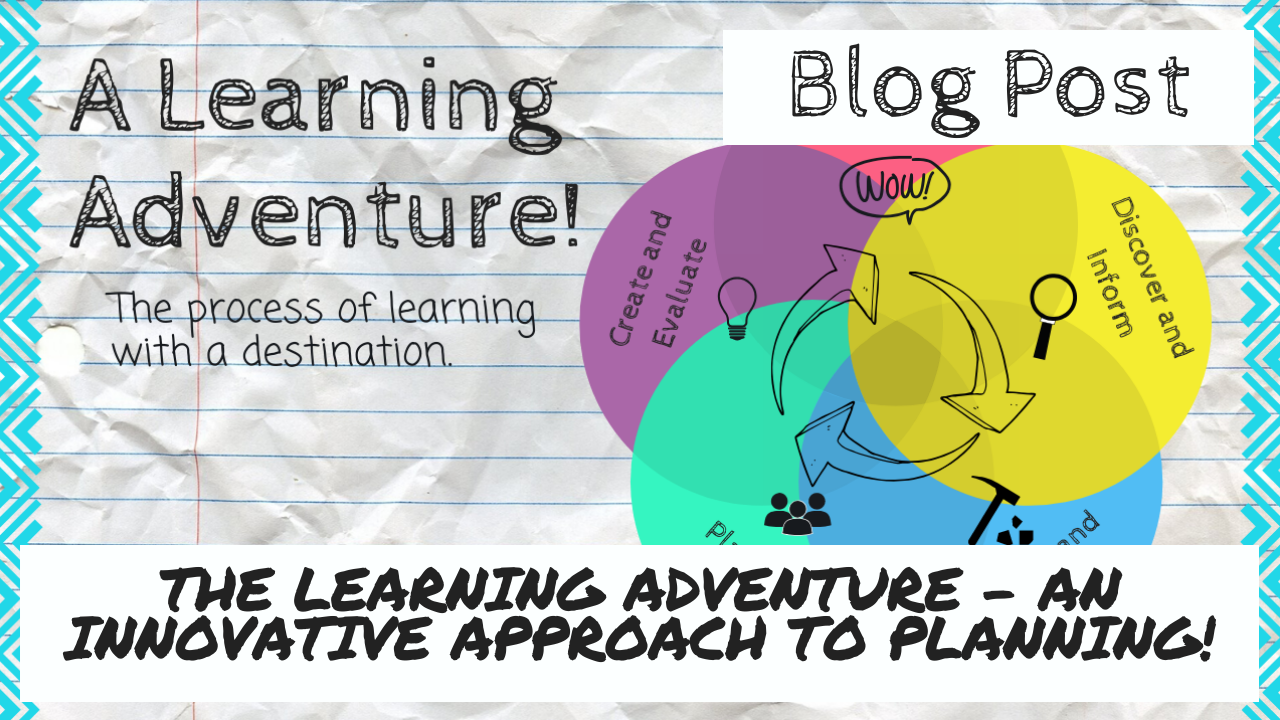
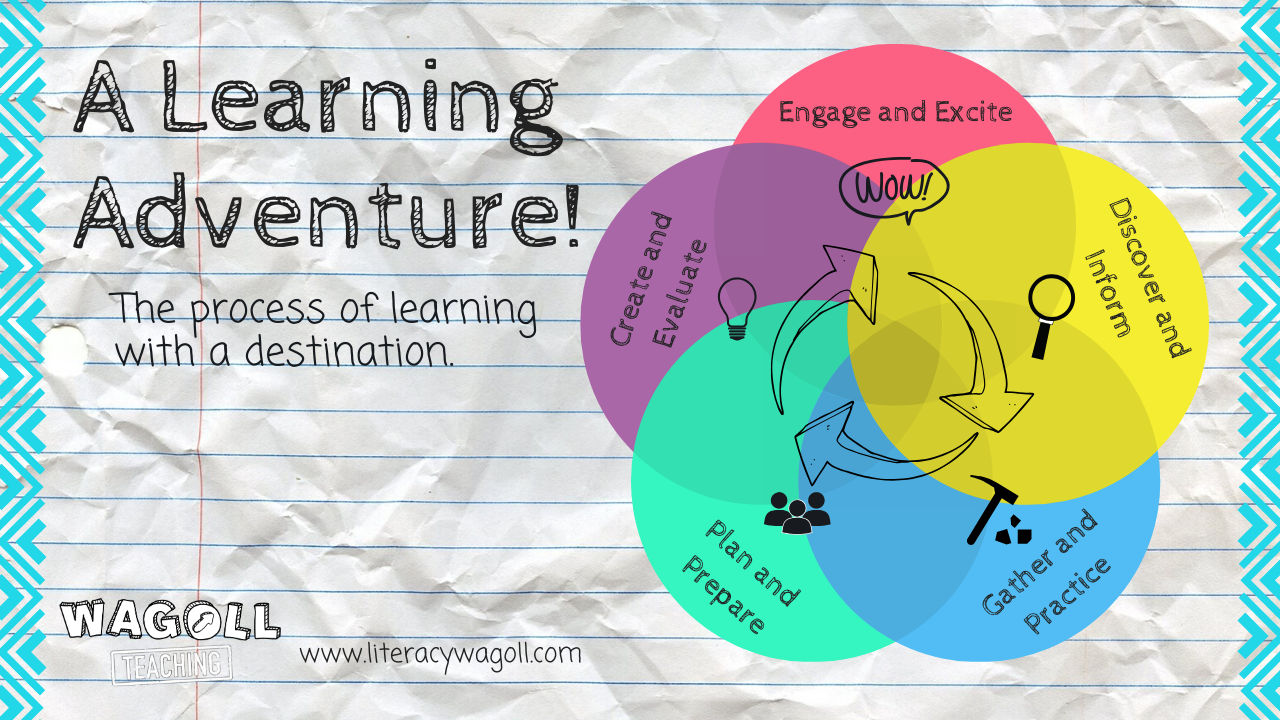
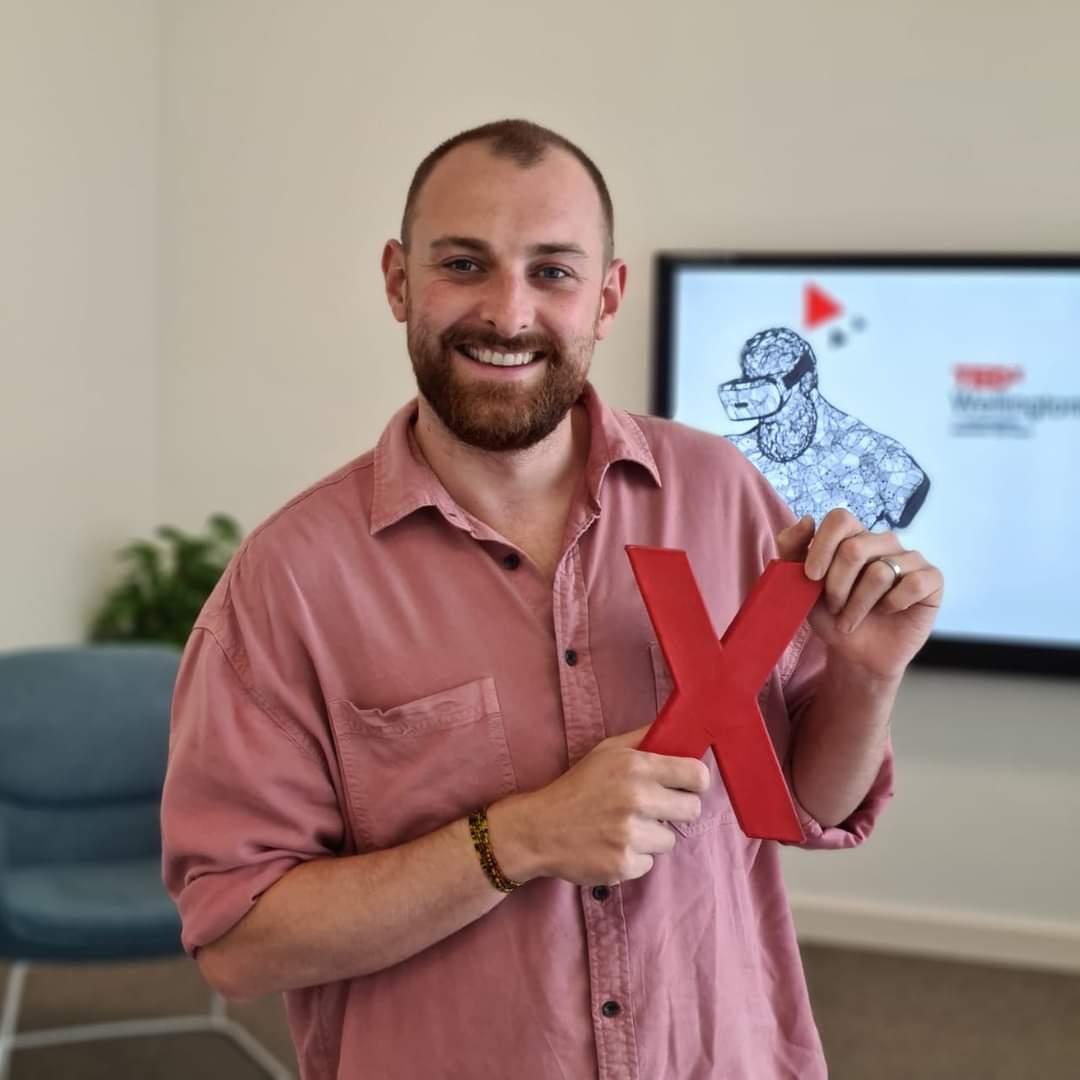


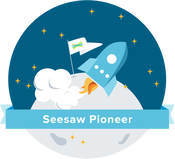
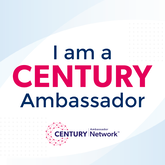
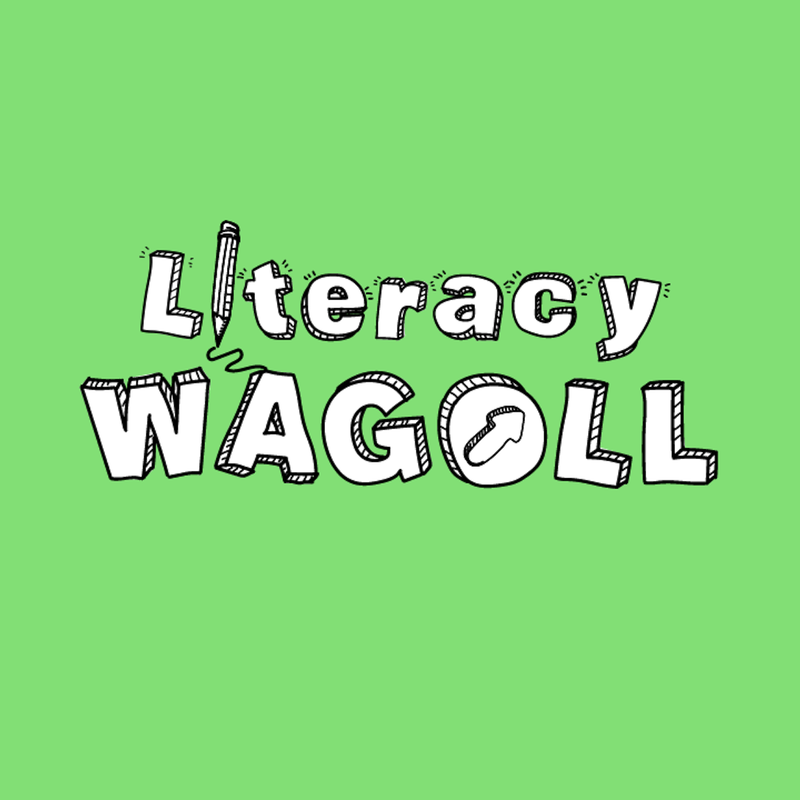
 RSS Feed
RSS Feed


